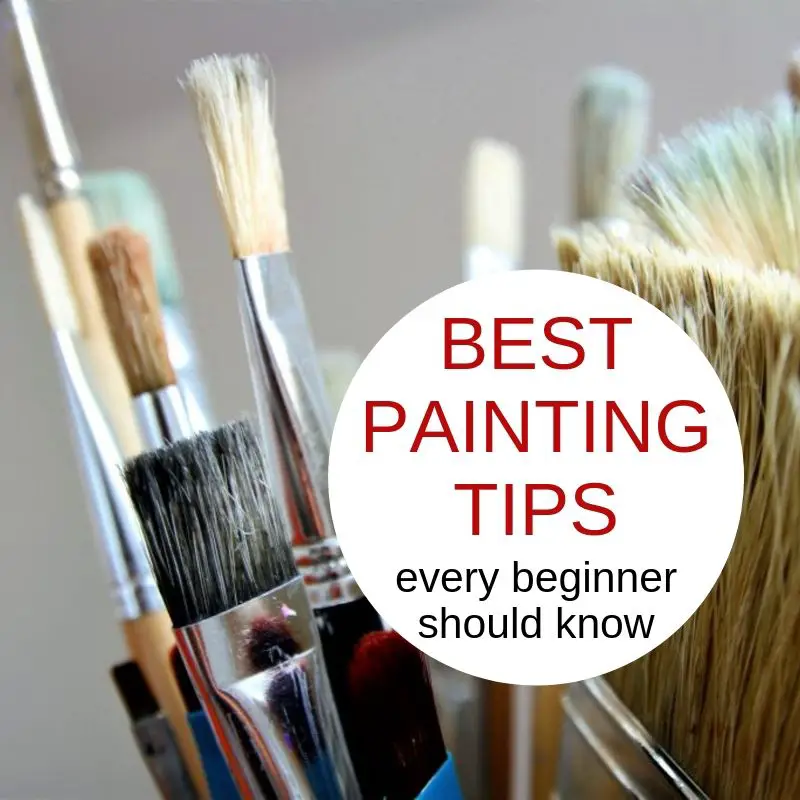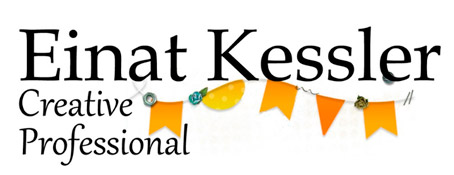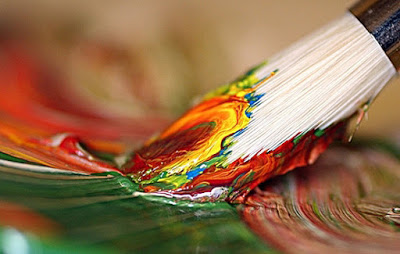Inside: best and important painting tips every beginner should know
This is a sponsored conversation written by me on behalf of Polaroid Photobar.
This post includes affiliate links. When you click and purchase from these links we may get a commission from the seller. The cool thing is, this doesn't cost you any extra money!
"If you hear a voice within you say 'you cannot paint,' then by all means paint, and that voice will be silenced" - Vincent Van Gogh
I don't have a formal artistic education... everything I know I taught myself. For many years i thought that if I don't have that formal education I can't paint... I even thought I have no right to paint because I don't know how to do it, not properly. Boy!... was I wrong!
THE MOST IMPORTANT PAINTING TIP
Contrary to what people might think painting IS for EVERYONE and it's much easier than you think. When I say painting I mean the practice of applying paint, pigment, color or other medium to a surface with a brush but other implements, such as knives, sponges, and airbrushes, can be used. It might sound intimidating to some but really anyone can do it with a little practice!
BEGINNERS PAINTING TIPS
SUPPLIES PAINTING TIPS
WHAT YOU NEED TO PAINT
You really don't need any fancy paints, tools or canvases. What you need is simple: a brush basin with clean cool water, paintbrushes in a variety of sizes, and paints in a wide variety of colors. Don't let the craft store abundance dazzle you - you only need the basics to start.
** Organization tip: If your paint bottle caps are not color coded, add a dot of paint to the paint cap so that you can easily identify the color you are searching for.
BRUSHES
Acrylic brushes tend to be made from synthetic materials and can be used with a variety of mediums. You should not use oil or watercolor brushes for acrylic painting. These are the four basic types of brushes - see photo below. Experiment with each brush to see what you can do with it.
ACRYLIC PAINTS
Acrylic paint is essentially plastic; more specifically, pigment suspended in a polymer emulsion. You can break that emulsion with too much water, so take care when thinning it out. There are many brands of paints and each one has their favorite brand. If you're not a professional painter any brand will do!
WORK PROCESS PAINTING TIPS
-
- Spray your palette with water to keep the paints wet while you work.
- Don't overload your brush with paint. Thinner layers build better color.
- Acrylic paint dries extremely fast, so you do not have much time to work with it. This has an upside though in that you can quickly paint layer on layer.
CHANGING COLORS
When painting with acrylic paints, have a brush basin or container for water on hand. When you need to change the color you're working with you will want to clean your brush. Add a couple drops of liquid dish detergent to the cool water in your brush basin. This will clean your brush quicker. Then it's really important to dry your brush on a paper towel before loading it with a new color. If you don't dry it, the excess water in the brush will dilute or thin the new paint color.
MIXING COLORS
It's good to know the color wheel and what combination of paints result in what colors. For example: Red and yellow can be combined to make a variety of oranges. Add in some green and you'll get brown and burnt umbers. Use a palette knife, a plastic knife or a brush to mix the paints. Mix thoroughly and remember that some paints can dry a slight shade darker.
To help you get started with mixing colors click the link to download your FREE color wheel printable complete with mixing color recipes!

SURFACE
You can paint on anything: wood, metal, glass, ceramics, canvas, paper mache, cement, fabric, feathers, some plastics, leather and even old cookware. Find original surfaces like old furniture and suitcases, clothes and any old stuff you want to alter or change. Remember that each surface need a different kind of paint depending on the material and the look you want. Any craft store would help you with that information.
LOAD YOUR BRUSH
Loading your brush properly will enable you to paint with professional looking results. Dip the brush into the puddle of paint on your palette, flip the brush over and stroke into the same puddle. This will ensure the brush would not be overfilled with paint which may create ridges of paint when stroking the brush across your painting surface.
SPECIFIC PAINTING TIPS
PAINTING WOOD
When painting a wood surface with acrylic paint, the wood grain will be raised after the first paint layer is dry. This makes the wood feel rough to the touch. Sand with a fine sandpaper and remove the particles with a damp paper towel before applying your second base coat. If you don't have a fine sandpaper, you can use a section of a brown grocery bag. Simply cut off a section of the bag, fold it in half and sand away!
MAKING TEXTURE WITH PAINT
Create fun textures and looks by using other tools to paint your surface. Use sponge, spray, baby wipe or fabric. Each tool texture will create different texture on the surface.
CREATING PATTERNS
Making patterns on any surface is very easy and you can experiment with different brushes and techniques to make different patterns.
STRIPES
- To easily paint stripes, use stencil or painter's tape to mask the desired vertical, horizontal or diagonal pattern. Apply paint to the unmasked areas using a brush. Peel tape while paint is still wet.
- Make freehand stripes by pulling the brush across the surface in a vertical or horizontal direction.
DOTS
- Use a flat brash to dab paint onto the surface. The size of the dot will depend on the size of your brush.
- You can make un-even dots with a small brush. dab the brush lightly onto the surface to make spots of paint clustered or spread around.
- You can also use ends of paintbrushes, daubers, spouncers, toothpicks, a stylus, pencil erasers or even a dead ballpoint pen.
SPLATTER
- Load the brush with paint and lots of water and then tap on the handle of the brush to make paint splatters on the surface.
WAVES
- Move your brush in a curved motion around the surface to create waves or curved lines.
FUN PATTERNS
- Use other tools to create patterns like bubble wrap, TP rolls, stamps, feather etc. Use your imagination!
MESS FREE
When painting small items stick the small items onto double-sided tape before painting. Wood beads or balls can be strung onto a small dowel or chopstick before painting. If you ask me part of the fun of painting is getting your fingers dirty but if you want to avoid that use this tip 🙂
BE PATIENT
Paint takes time to dry! Wait patiently before painting another coat of paint on your surface! If the paint is still wet it might blend with the next layer of paint and you'll lose the distinct colors you were looking for. Use a heat tool to speed up the drying time.
CLEANING PAINTING TIPS
BRUSH CLEANING
- NEVER allow paint to dry in the bristles of the brush. Thoroughly clean all your brush after each use with water and soap.
- However, if you do end up with a brush with dried paint, soak the bristles in oil soap, then lather and rinse.
- Be sure to store cleaned brushes so that they are NOT resting on the bristles. It is best to store a brush so that it is upright (bristles up) in a cup or container.
- Add a little dry, uncooked rice to the bottom of the cup to help stabilize the brushes.
Hasn't this information just made your fingers tickle? Don't you just want to go and paint something? I know I do!
I hope you found this information helpful, leave me a comment telling me about it or ask me a question.
Sharing is caring - SAVE it for later - PIN IT!












10 comments on “BEST & IMPORTANT PAINTING TIPS EVERY BEGINNER SHOULD KNOW”
Hi,
I have a question. I’m in the middle of reading a page and I have to close it until tomorrow. When I try to log in the next day I notice that I have been logged out and I can’t retrieve the page I was in. Is there a way I can “save” the page I was in?
Thanks
gemma
Yes you can put it on your bookmarks. But my website is not a log in website. You can come back to it any time
Thanks for these ‘basic plus’
ideas. Love your work ! B
You’re welcome!
Thanks
Thank you! Always great info from you.
I want to thank you for the color wheel printable! It is the first time that I have been able to understand it and I have been trying to learn about it for years! Your simple explanation is perfect! Thank you again!
That’s great I’m happy to hear!
Thanks so much, Einat. I needed the nudge and these great tips to get started. Enjoy your day!
I’m sure you’ll make great things!